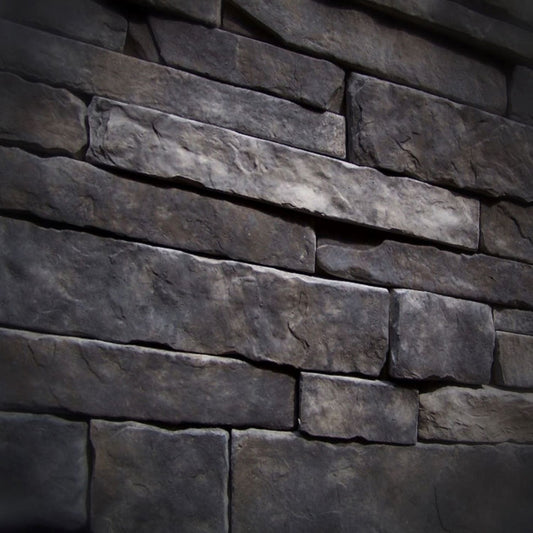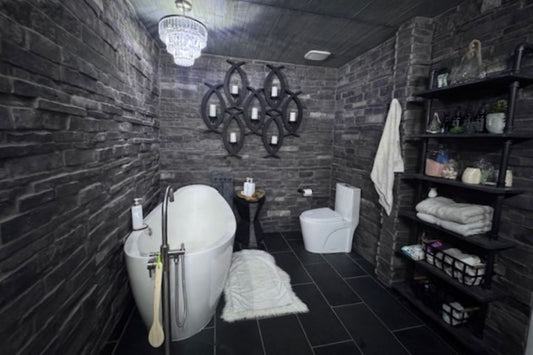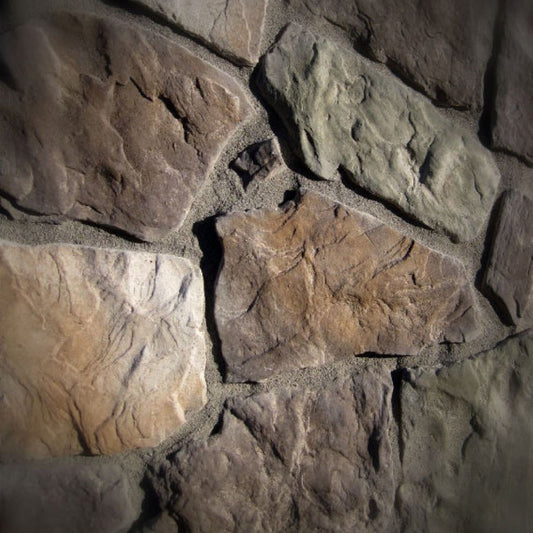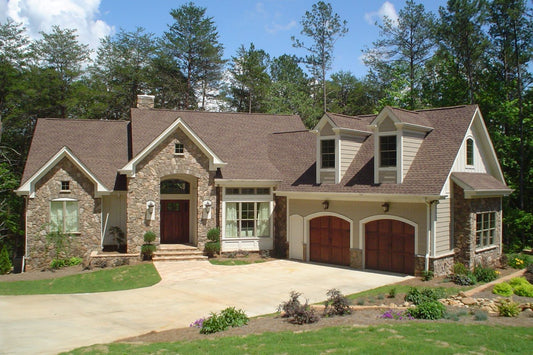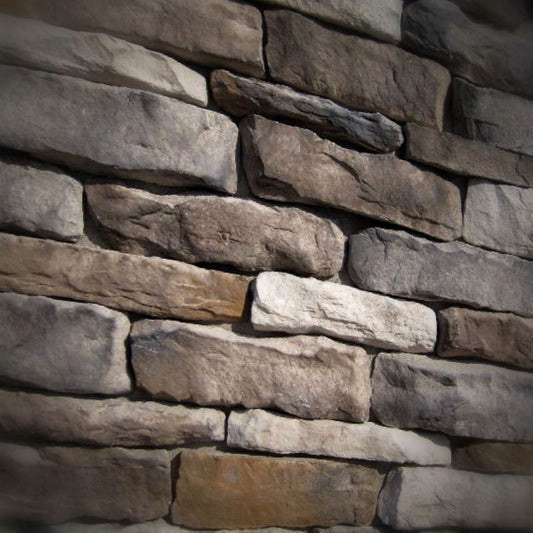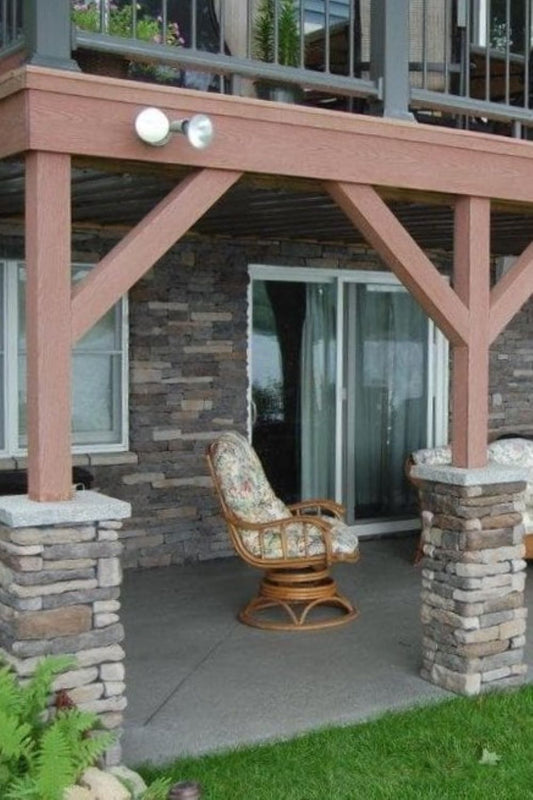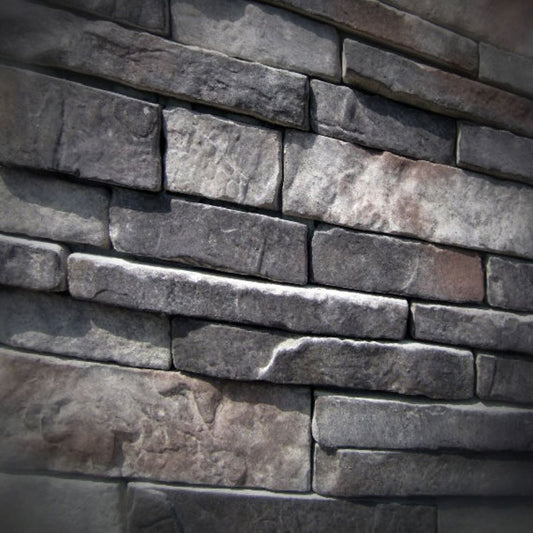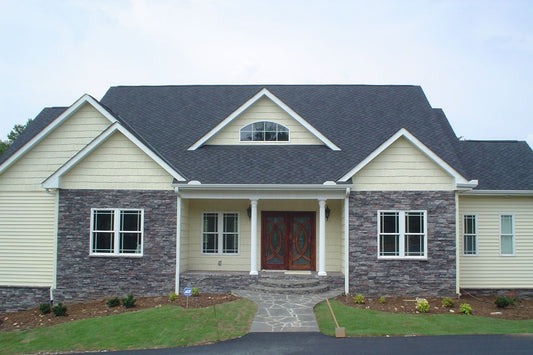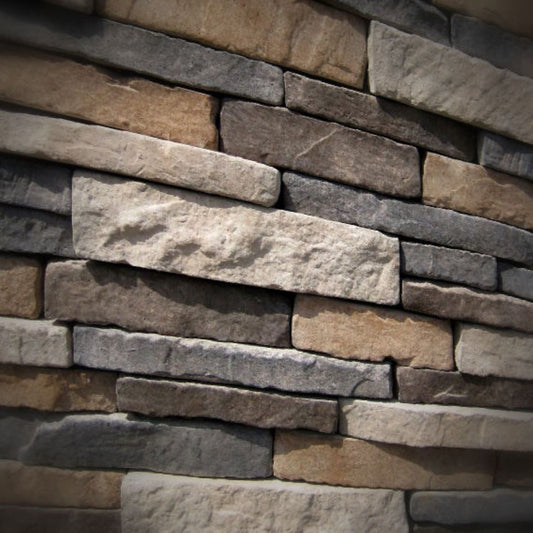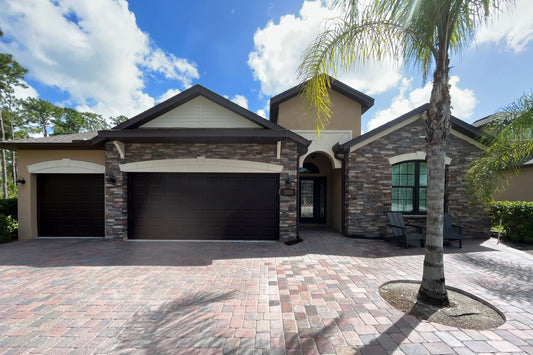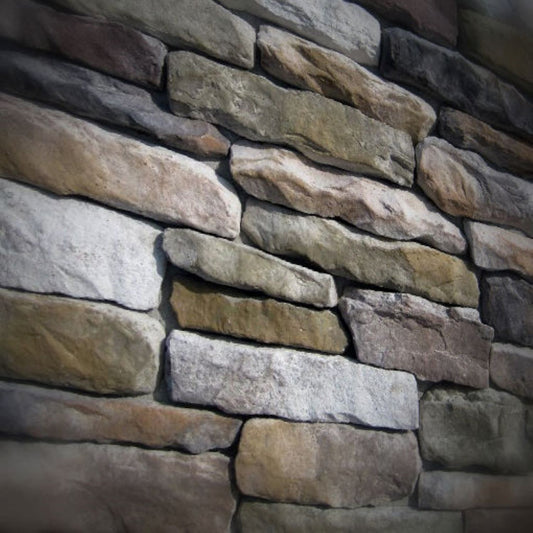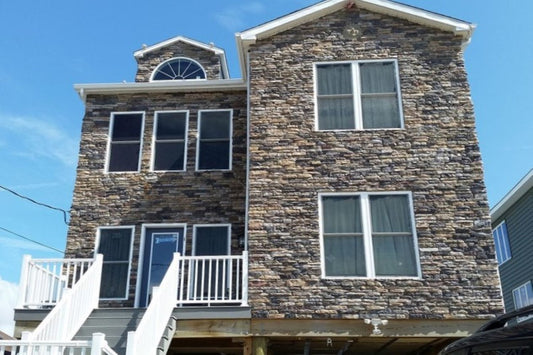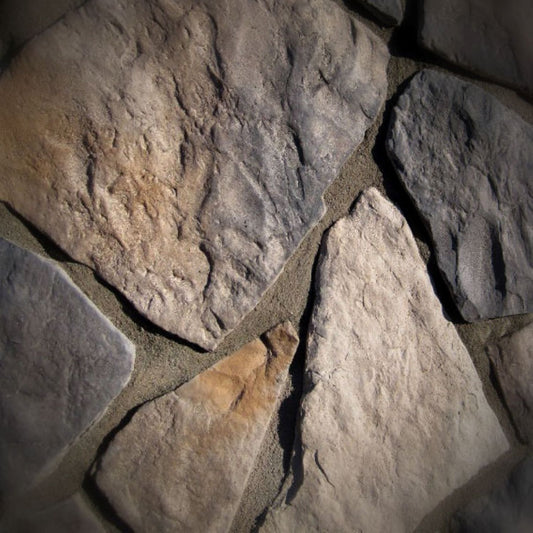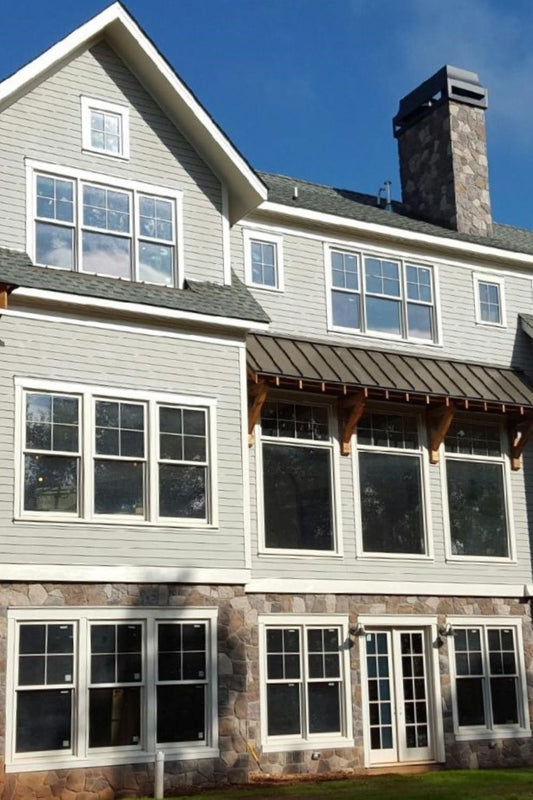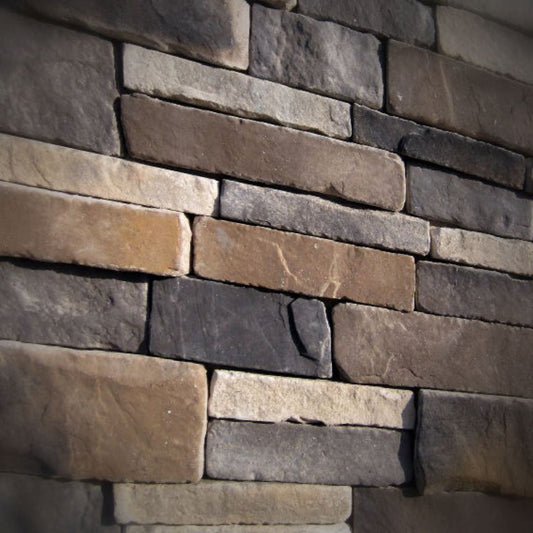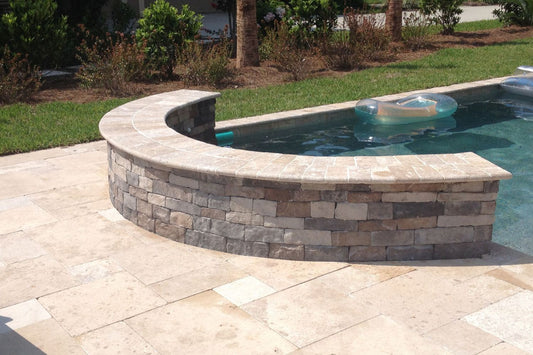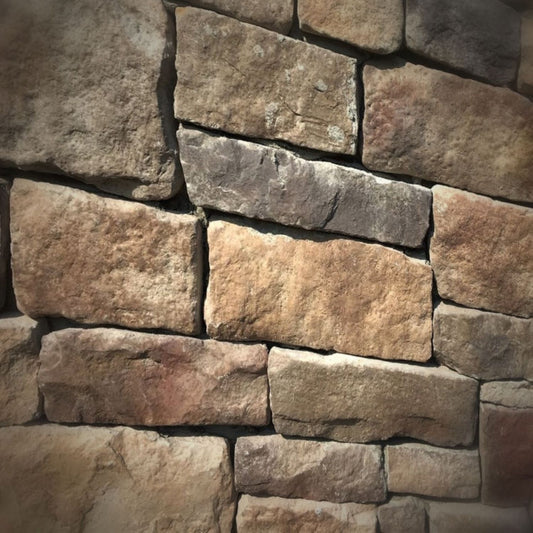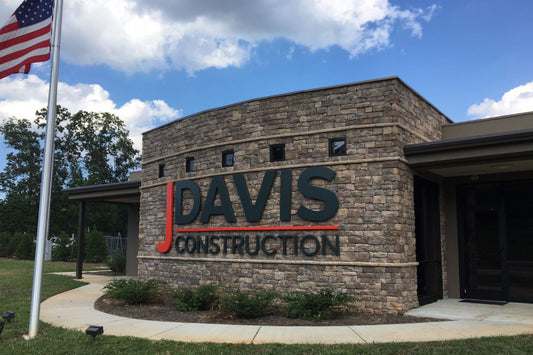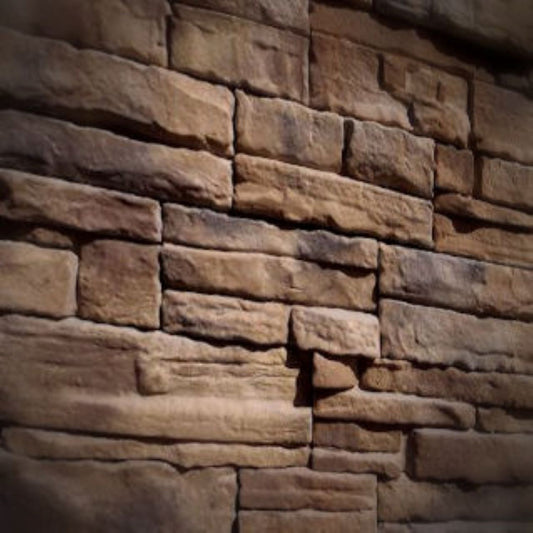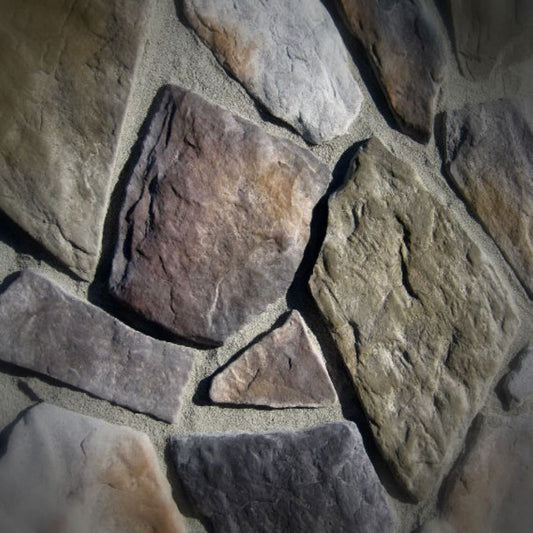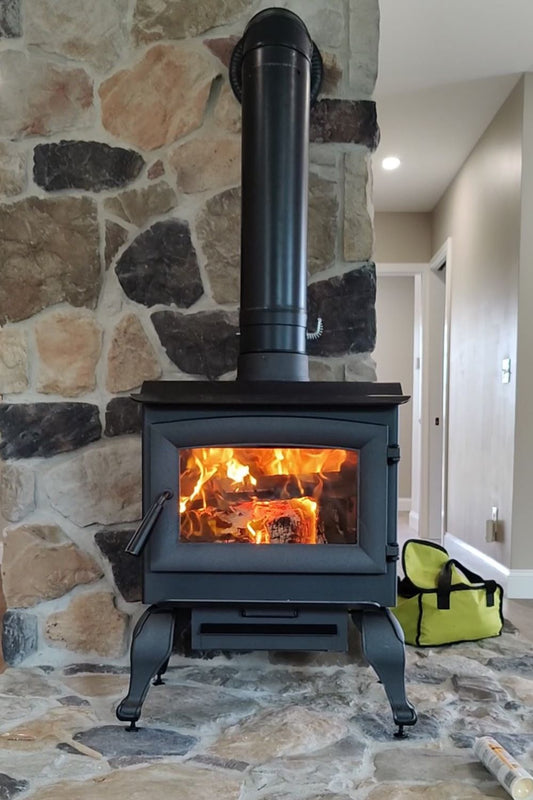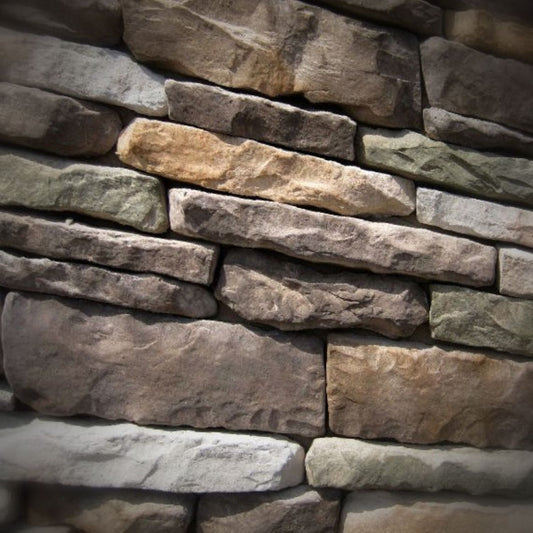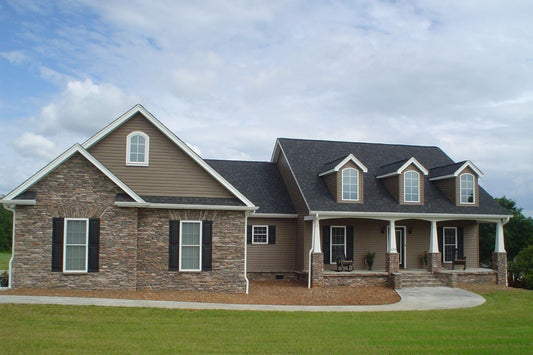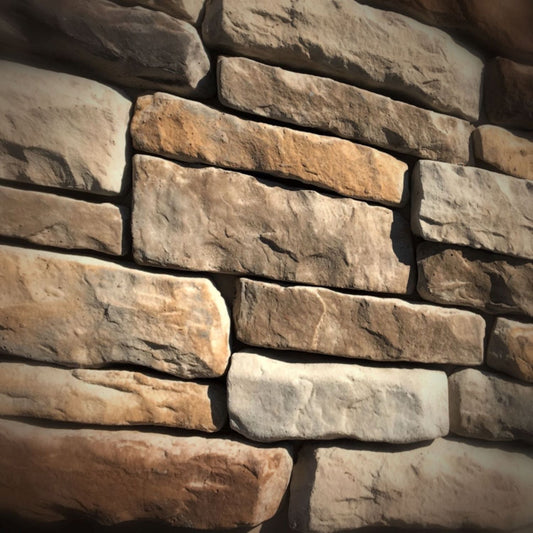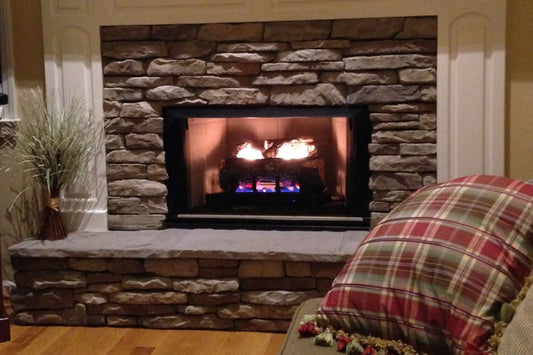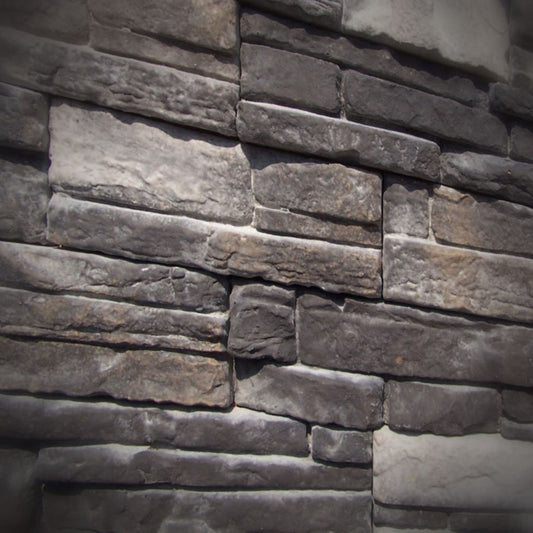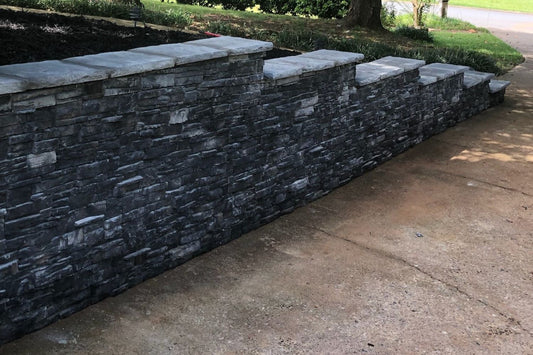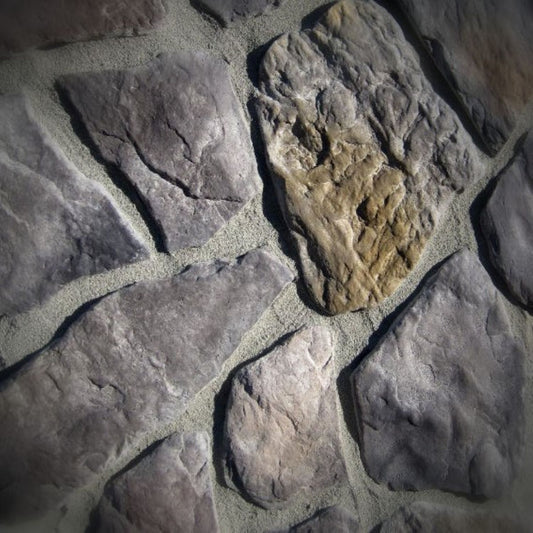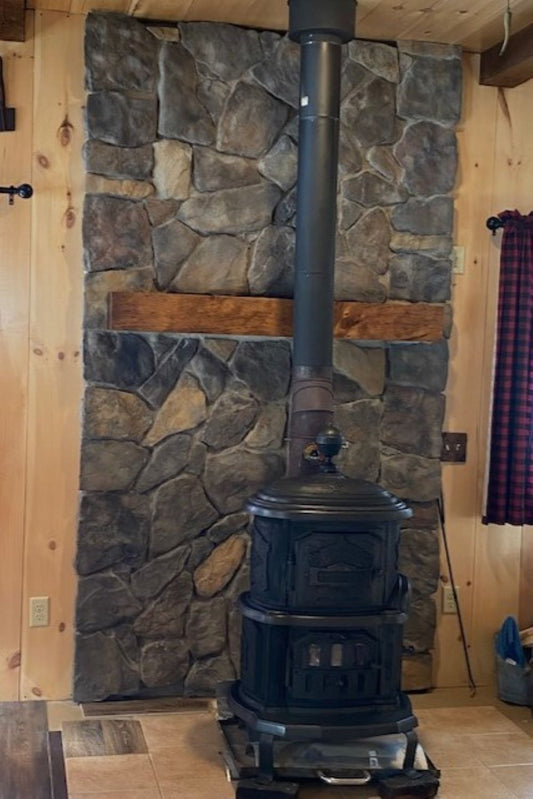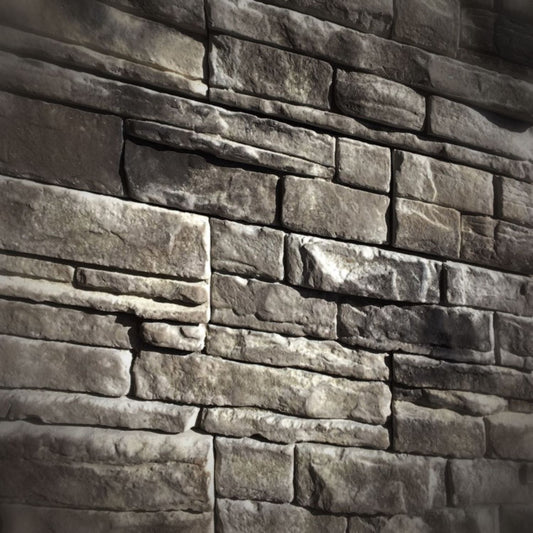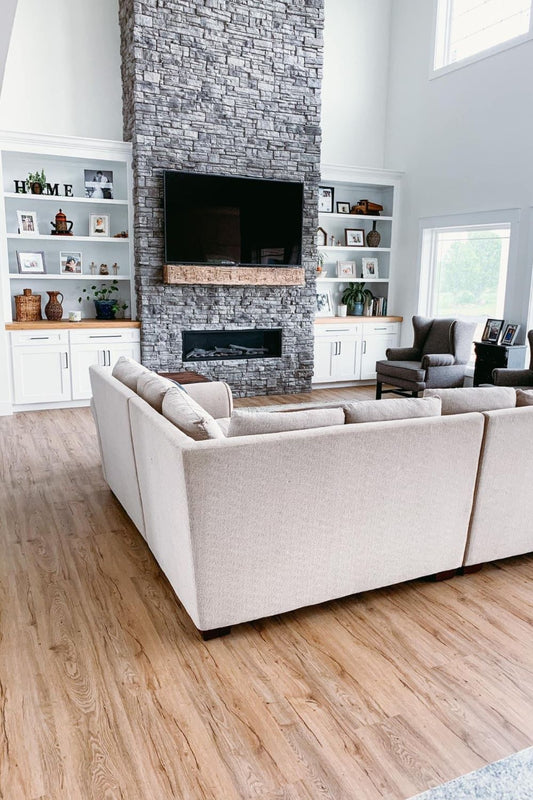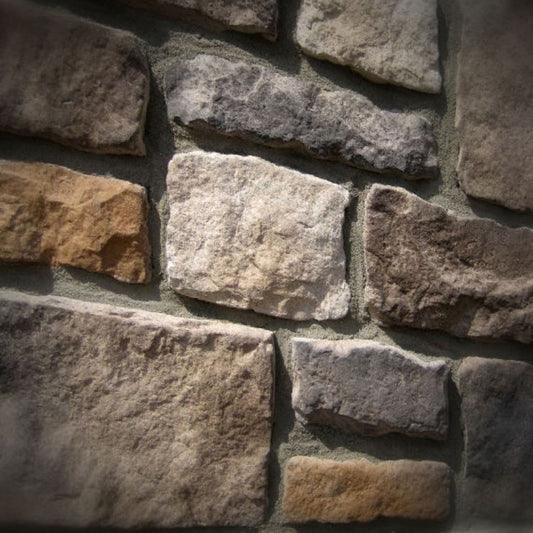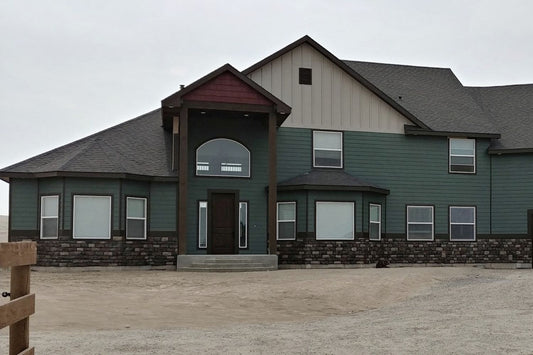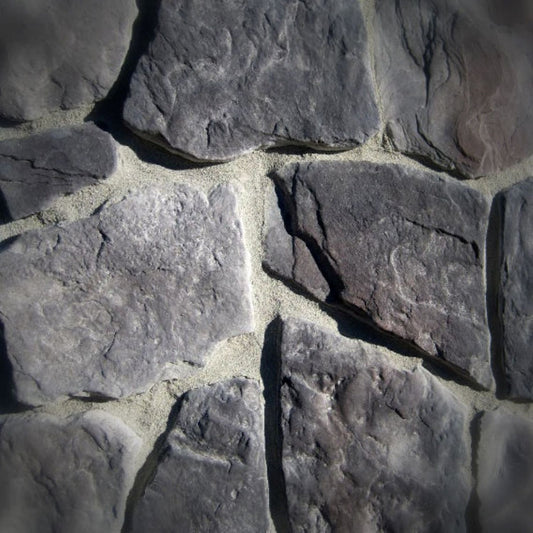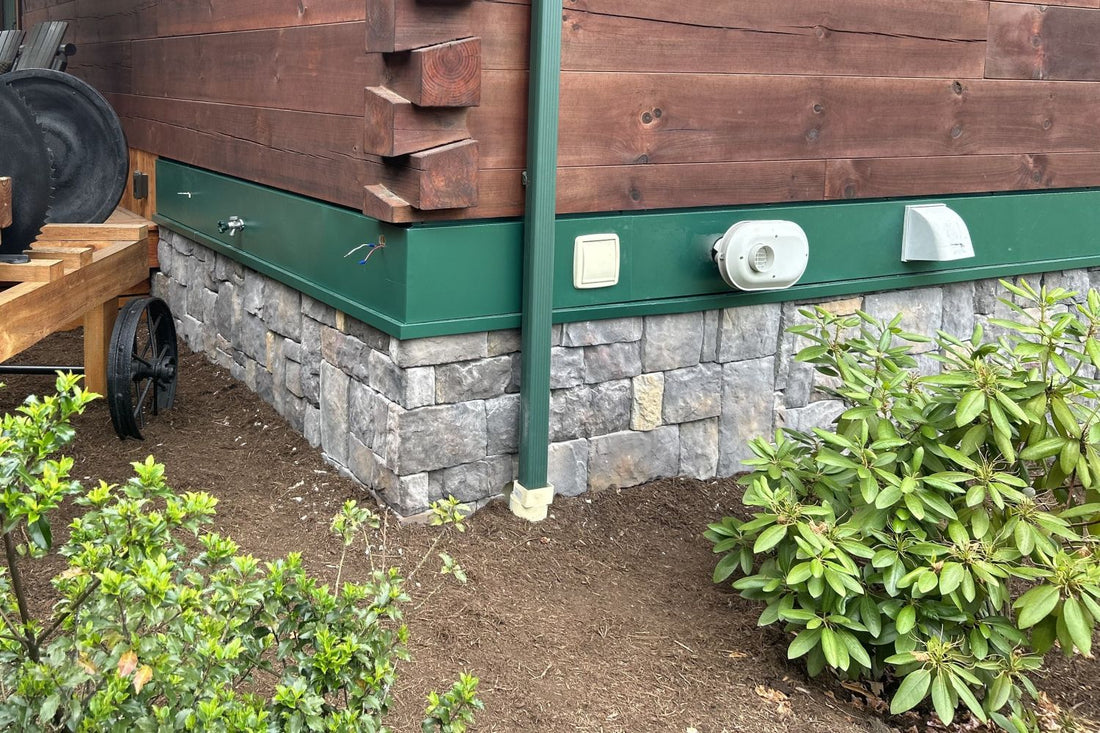
Installing Stone Veneer Near the Ground
Share
When planning a stone veneer project, one of the most common questions homeowners and contractors ask is: can stone veneer be installed near the ground? While manufactured stone veneer is a versatile and durable product, proper installation near soil, concrete, or landscaping features requires special considerations to ensure long-term performance and to prevent moisture-related issues. In this guide, we’ll cover best practices, code requirements, and design tips for installing stone veneer close to grade level.
Can stone veneer touch the ground?
The short answer is no; stone veneer should never be installed directly in contact with soil. Both building codes and manufacturer guidelines recommend leaving a clearance between the bottom edge of the veneer and the ground. For areas above grade, such as soil or grass, a clearance of 4-6 inches is advised, while installations above pavement, patios, or concrete slabs should maintain at least 2 inches. These gaps are essential for preventing common issues like water infiltration behind the veneer, freeze-thaw damage in colder climates, unsightly efflorescence, and the growth of mold, mildew, or decay in the underlying materials.
Why clearance matters
Moisture is the greatest threat to any stone veneer installation. While manufactured stone veneer is built to handle outdoor conditions, it is not entirely waterproof. Maintaining proper clearance allows rainwater, irrigation, and snowmelt to drain away from the wall instead of being absorbed into the stone and mortar. Without this gap, veneer installed at grade level can wick up moisture, which often results in cracking mortar joints, stones loosening or falling off, and costly repairs over time.
Tips for installing stone veneer near grade
If your design calls for veneer close to the ground, follow these professional tips:
1. Plan your base: use foundation walls, masonry ledges, or proper flashing to start your first course of veneer above grade.
2. Use proper drainage: make sure there is adequate drainage around the base of the wall to direct water away.
3. Install a weep screed (for framed walls): this metal flashing piece at the bottom of the wall allows moisture to drain out from behind the veneer.
4. Seal joints carefully: pay close attention to mortar joints and caulking around windows, doors, and transitions.
5. Consider landscaping: avoid placing mulch, soil, or plants directly against the veneer. Maintain the clearance even after landscaping is complete.
Common applications near the ground
Stone veneer looks beautiful around foundations, entryways, columns, and outdoor living spaces and in each of these situations, following the clearance guidelines is crucial for a lasting installation. Some common grade-level applications include:
1. Foundation walls: adds curb appeal and hides exposed concrete.
2. Exterior columns or piers: enhances entryways or porches.
3. Garden walls and retaining walls: provides a natural, rustic look.
4. Outdoor kitchens and fireplaces: creates a polished, finished design.
FAQs about installing stone veneer near the ground
1. Can manufactured stone veneer be installed directly on dirt or soil? No. Stone veneer should never be installed directly against soil. Always maintain a 4-6-inch clearance to prevent water damage and deterioration.
2. How close can stone veneer be to a concrete slab or patio? Industry standards recommend at least 2 inches of clearance above concrete, patios, driveways, or walkways.
3. What happens if stone veneer touches the ground? If installed without clearance, the veneer can wick up moisture, leading to efflorescence, cracking mortar, and premature failure.
4. Do I need a weep screed for stone veneer near grade? Yes, if the veneer is applied to a framed wall. A weep screed allows trapped moisture to drain out from behind the stone, protecting the wall system.
5. How do I protect stone veneer near landscaping or mulch beds? Maintain the required clearance, slope the ground away from the wall for drainage, and avoid piling mulch or plants directly against the veneer.
Installing stone veneer near the ground
Installing stone veneer near the ground can dramatically improve the look of your home or outdoor space, but only if it’s done right. Always maintain the proper clearance above soil, concrete, or landscaping, and follow manufacturer instructions for drainage and flashing. By planning ahead and installing correctly, you’ll enjoy the timeless beauty of stone veneer without worrying about costly repairs in the future.
You may also like
Can stone veneer be used outside? Everything you need to know.
Stone veneer for exteriors: A complete guide to outdoor applications.
Exterior stone veneer trends: What’s popular outside.
What's next?
Elevate your space with premium stone veneer. Order a sample to experience the authentic texture and rich colors in person or shop now to begin your project and create a timeless look with lasting beauty and durability.
Have a question?
Please see our full terms of service.
For general information and questions please call: (864) 882-8960 Mon. - Fri. 8am - 5pm (EST) or email: info@mountainviewstone.net we are more than happy to help you.
Or you can submit your questions via our contact us page.
We look forward to working with you on your upcoming project.
The Black Bear Mountain Stone Team

